PRESENTATION: Lisa Oppenheim-Monsieur Steichen
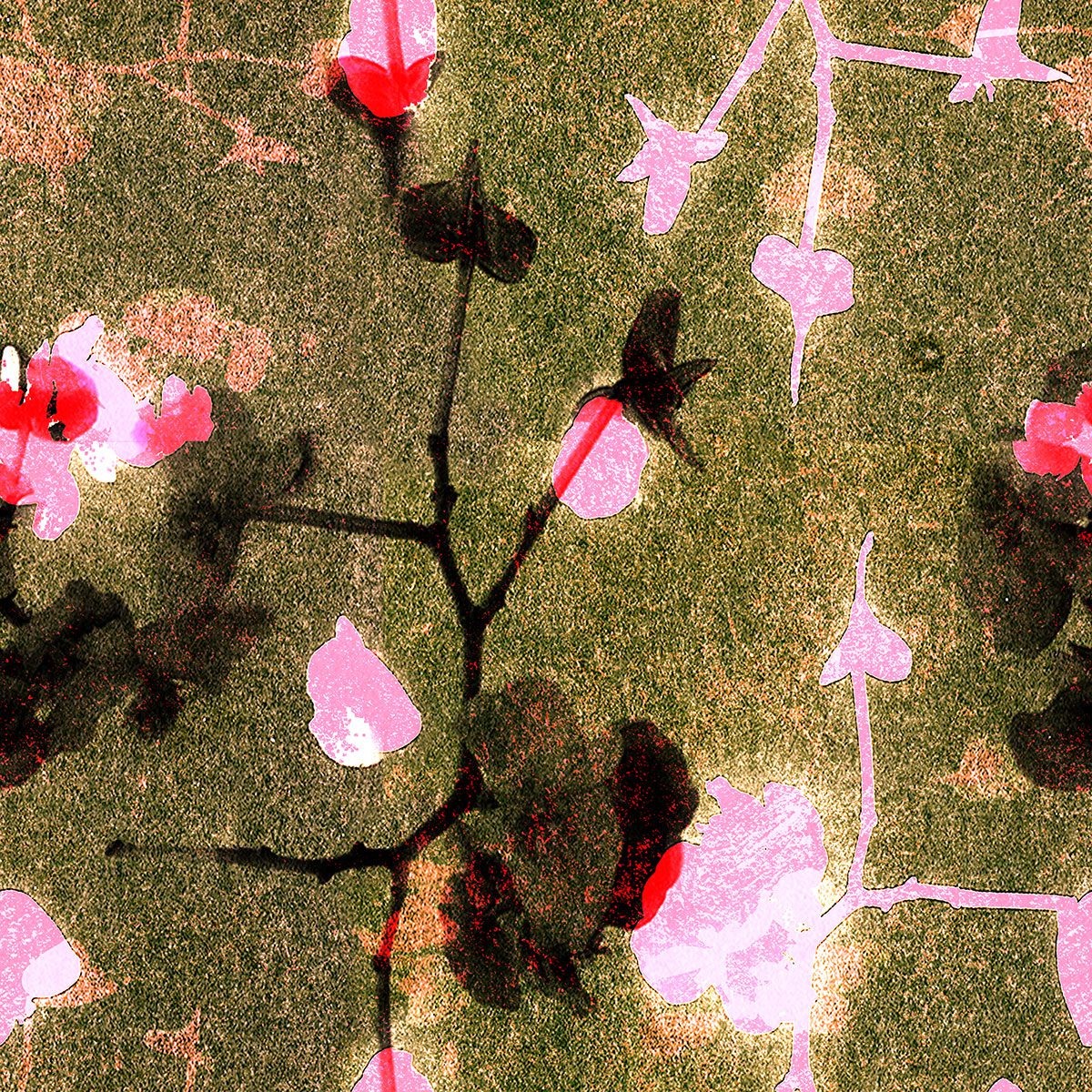
Since the mid-2000s, Lisa Oppenheim has been developing a body of work that is rooted in the field of photography while also constantly exploring its margins. She often focuses on the unexplored potential of the medium’s artistic, technical and vernacular histories. Oppenheim’s work draws in- depth enquiry that often takes on a life of its own – leading her down ‘a meandering path’ through which a combination of material and more scholarly research enables her projects to come into being.
By Efi Michalarou
Photo: MUDAM Archive
For the exhibition “Monsieur Steichen”, Lisa Oppenheim has been invited to create a new body of work in response to the multifaceted work of one of the most renowned yet enigmatic figures in twentieth-century photography: the Luxembourg-born, American photographer and curator Edward Steiche. Through photographic, textile and floral works, Oppenheim unveils an unexpected portrait of ‘Monsieur Steichen’. For two decades, Lisa Oppenheim has been exploring photography’s history and its latent possibilities. In “Monsieur Steichen”, she focuses on little-known aspects of Steichen’s practice, including his lifelong passion for flowers, his textile designs and his experimentations in the field of color photography. The works produced for the exhibition build upon what the artist describes as Steichen’s ‘lost threads’ and ‘discarded ideas’, which are reimagined through her own artistic approach. The exhibition opens with a series of photographic prints in which Oppenheim revives a now-extinct variety of iris named “Monsieur Steichen:. This flower was created by the French amateur botanist Fernand Denis in 1910 as a tribute to Steichen, who at the time lived in Voulangis, near Paris. Oppenheim’s prints bring this long-lost iris back to life using two photographic techniques from different epochs: dye transfer, used by Steichen in his 1930s-1940s color experiments, and artificial intelligence, a transformative technology in contemporary image-making.Making use of artificial intelligence, Oppenheim created images of “hypothetical hybrids” by merging images of the two varieties of iris that had been combined to create the Monsieur Steichen a century earlier: the Chameiris Alba iris and the Iberica iris. Using these images as a starting point, Oppenheim has created a series of variations that exploit the full range of color possibilities offered by the dye transfer printing technique, which employs a successive imbibition of cyan, magenta and yellow dyes. ‘I have produced analogue prints of the AI-generated images with my own “incorrect” color combinations, creating a huge range of possible “Monsieur Steichens” that explode the concepts of both genetic and photographic verisimilitude,’ specified the artist. Another series of work revisits Steichen’s 1926–27 textile designs for the fabric manufacturer Stehli Silks’s ‘Americana Prints’ collection, which were based on black and white photographs he took of everyday objects, such as matchboxes, sugar cubes, sewing thread and buttons. In collaboration with fashion designer Zoe Latta, Oppenheim developed a collection of new fabrics based on motifs Steichen ultimately did not use for his final works: several floral patterns and a nearly abstract photograph of gravel. The resulting eight fabrics created by Oppenheim and Latta bring Steichen’s patterns into the present. They evoke contemporary motifs like static electricity, electronic interference and microscopic views of organic life. Some of the designs will be included in the 2025 fall collection of Eckhaus Latta – Mike Eckhaus and Zoe Latta’s fashion brand. On the back of four folding screens displaying her textiles, Oppenheim hangs a selection of Steichen’s photographs of his three wives (Clara, Dana and Joanna), as well as his mother, Marie Kemp Steichen. These images were selected by Oppenheim from the collection of the Musée national d’archéologie, d’histoire et d’art Luxembourg. Each folding screen is named after the woman whose image hangs on it. Additional works complete the exhibition, including a series of ‘studies’ in “Steichen Studies” (2024) that offer a glimpse into Oppenheim’s creative process. They combine photographs Oppenheim took in Steichen’s archives and photographic experiments she conducted in her dark room. These works engage in a dialogue with a floral composition “Bouquet of Flowers (a photographic score) 1940/2025” (2025), that will evolve throughout the exhibition, reflecting the color variations found in Steichen’s own experiments in a series of dye-transfer prints from 1940. Outside of Mudam, in the museum’s moat, Oppenheim created “Eduard’s Garden” (2025), a living installation of delphiniums that echoes Steichen’s passion for these flowers and the groundbreaking exhibition of delphiniums he organised at MoMA in 1936. “Eduard’s Garden” will grow during the course of the exhibition and will blossom in June and July. With this exhibition Lisa Oppenheim presents a subjective and abstract portrait of a pivotal twentieth-century figure, seen in the light of the present. Through her explorations of hybridisation – between techniques, disciplines, as well as between her own work and that of Steichen –, she invites us to reimagine the infinite transformative potential of the image.
Photo: Lisa Oppenheim, in collaboration with Zoe Latta, Textile design, 2024, Courtesy of the artist and Tanya Bonakdar Gallery, New York/Los Angeles
Info: Curator: Christophe Gallois, Assistant Curator: Nathalie Lesure, MUDAM-Musée d’Art Moderne Grand-Duc Jean, 3 Park Dräi Eechelen, Luxembourg-Kirchberg, Luxemburg, Duration: 14/2-24/8/2025, Days & Hours: Tue & Thu-Sun 10:00-18:00, Wed 10:00-21:00, www.mudam.com/
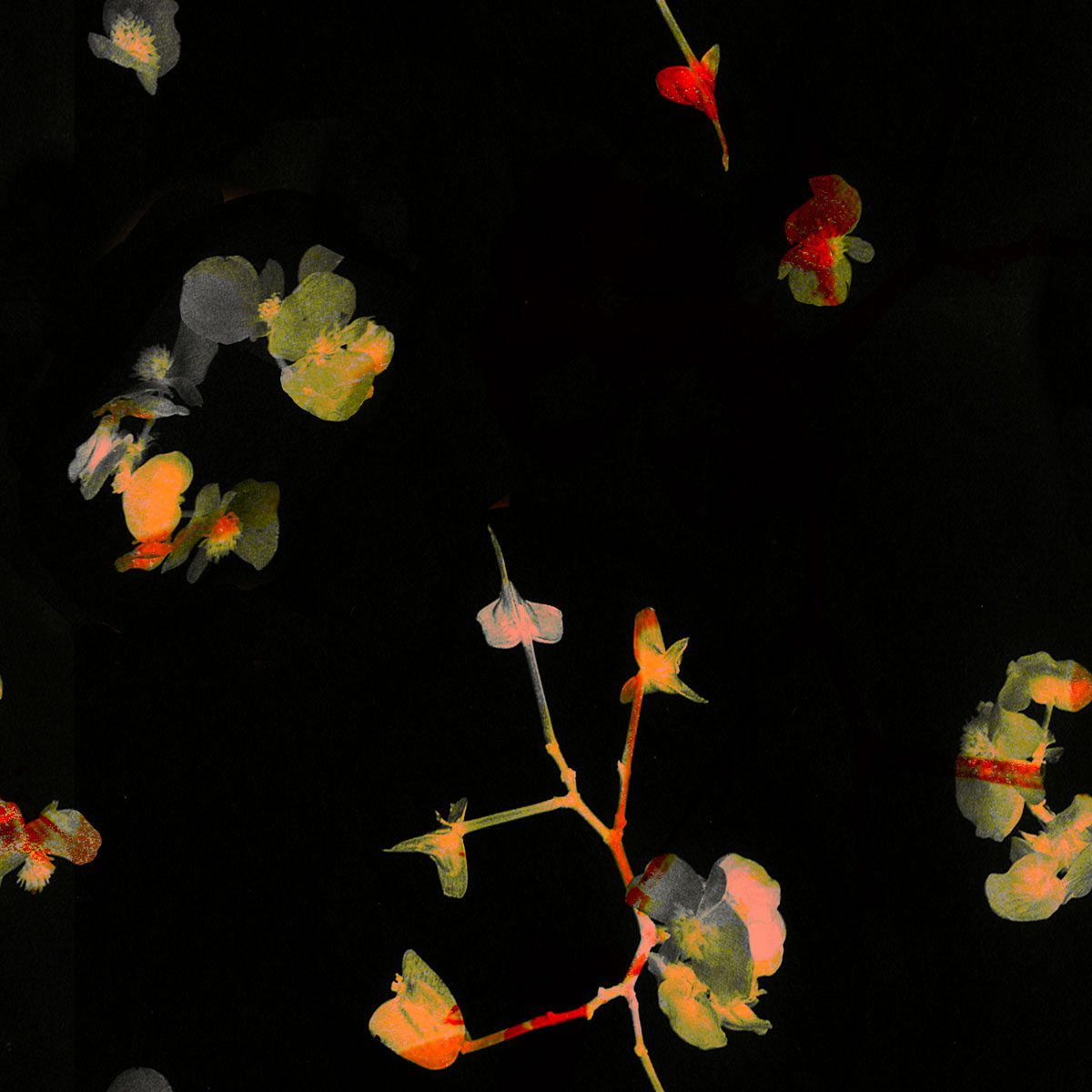
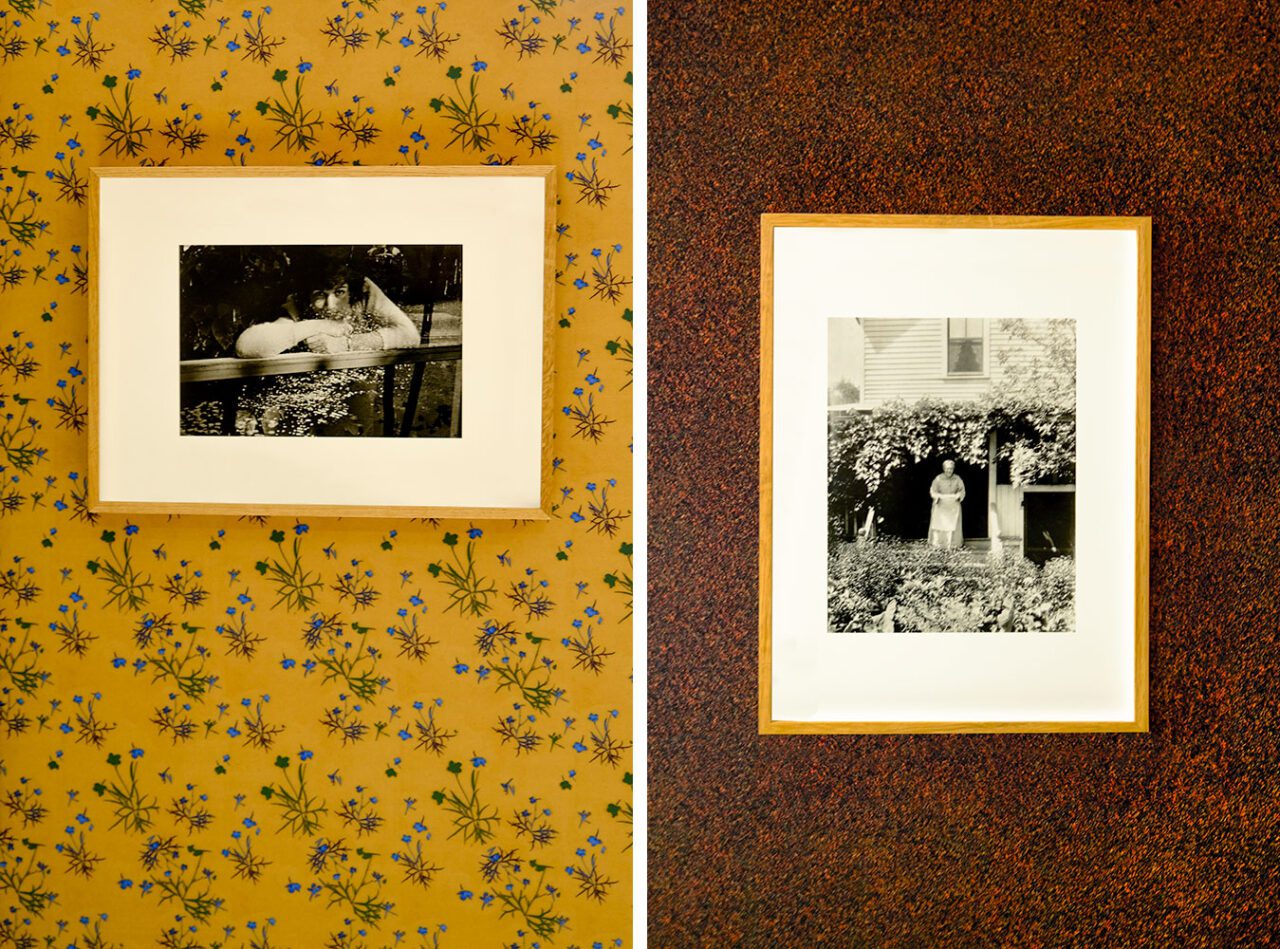
Right: Lisa Oppenheim, Marie Kemp Steichen, 2025 (detail), Textile design in collaboration with Zoe Latta, Courtesy of the artist and Mudam Luxembourg – Musée d’Art Moderne Grand-Duc Jean Photo: Olivier Hoffmann
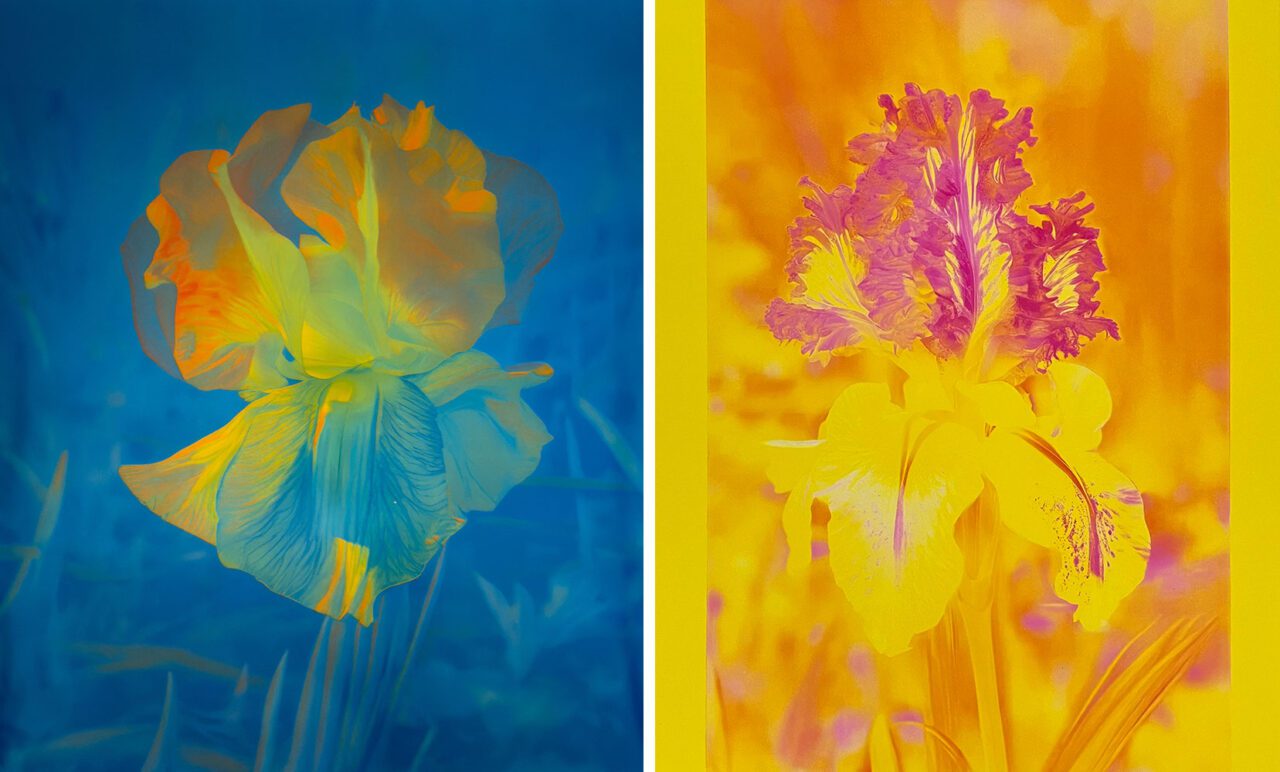
Right: Lisa Oppenheim, Mons Steichen (Version II), 2024, Courtesy of the artist and Tanya Bonakdar Gallery, New York/Los Angeles
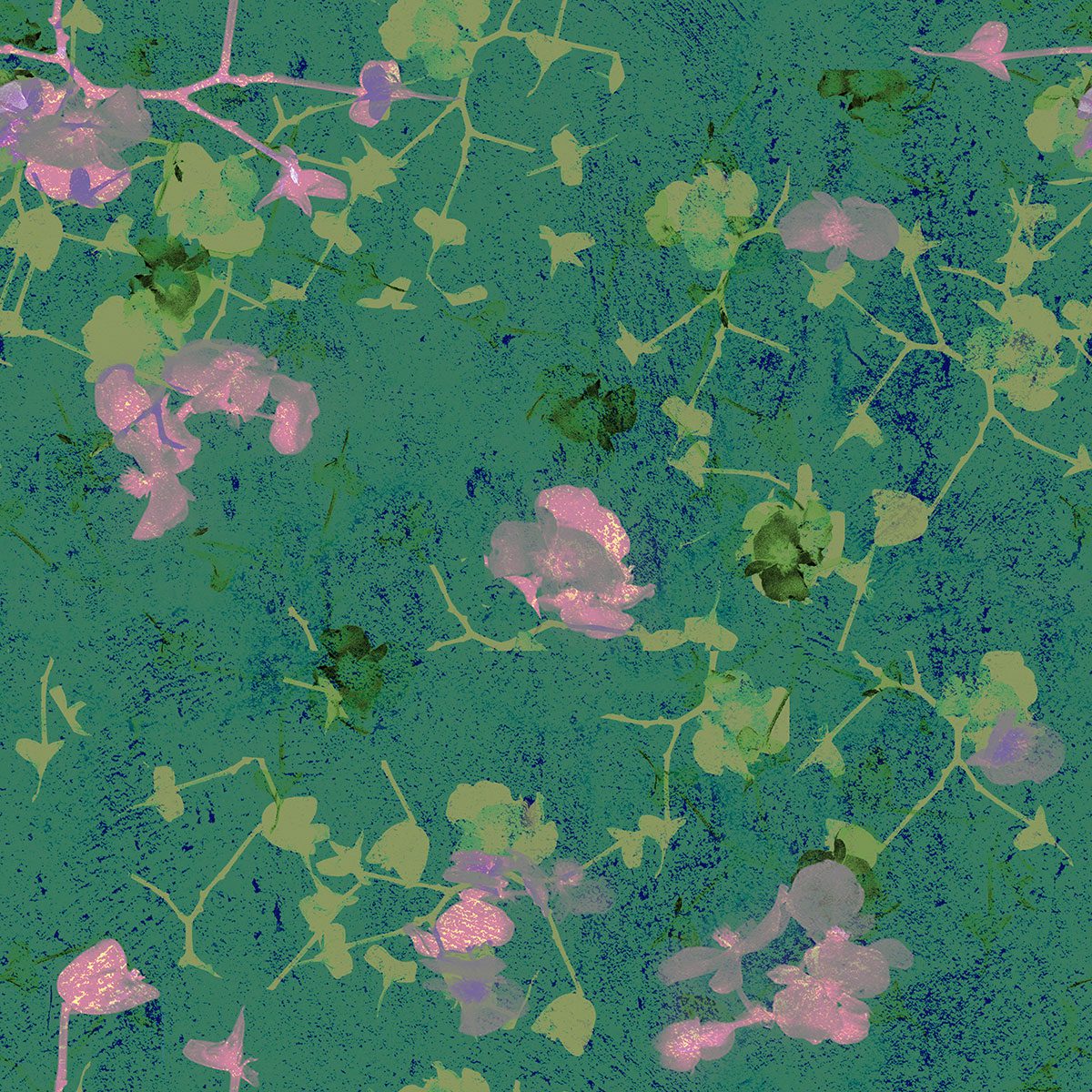

Right: Lisa Oppenheim, Mlle Steichen (Version XI), 2024, Courtesy of the artist and Tanya Bonakdar Gallery, New York/Los Angeles
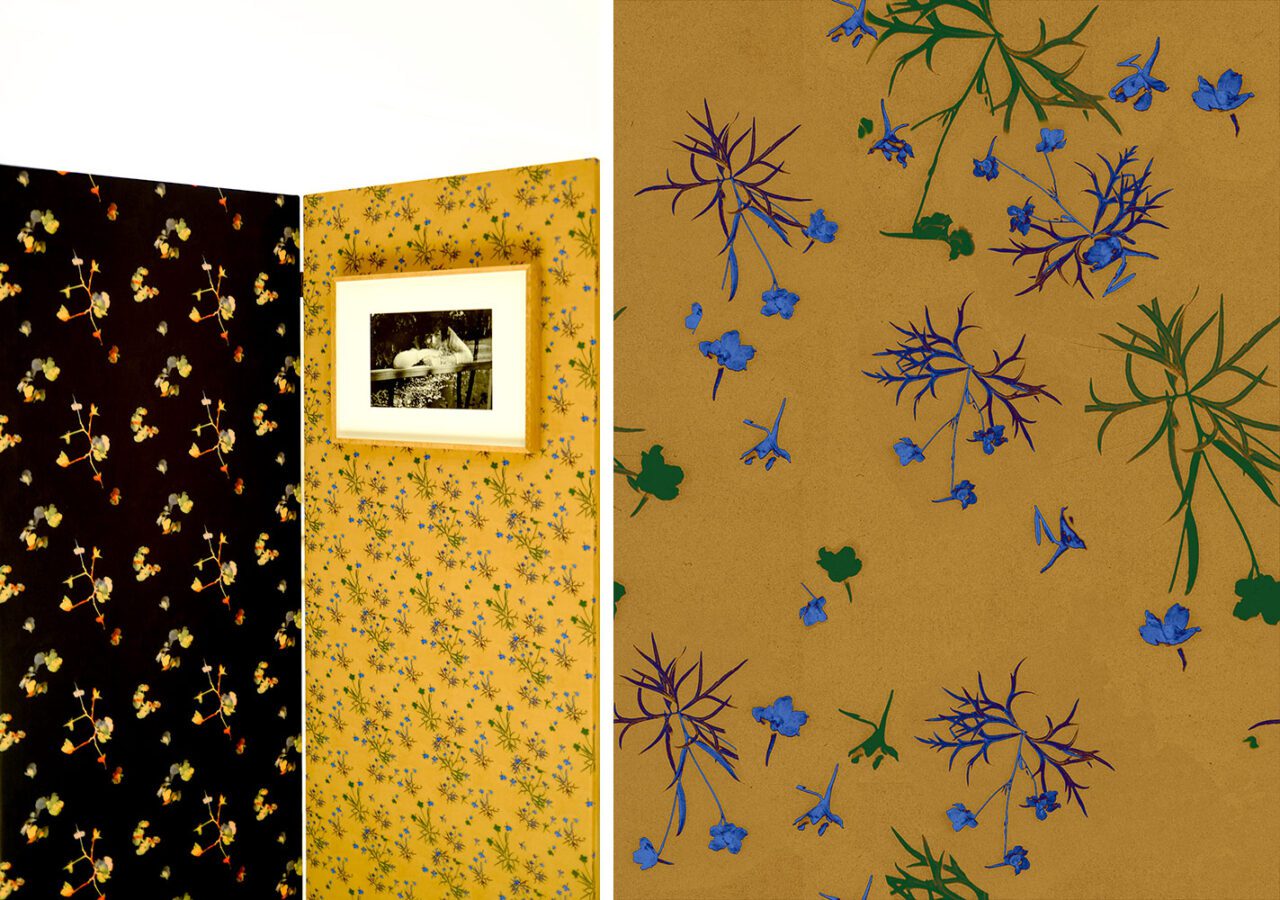
Right: Lisa Oppenheim, in collaboration with Zoe Latta, Textile design, 2024, Courtesy of the artist and Tanya Bonakdar Gallery, New York/Los Angeles
